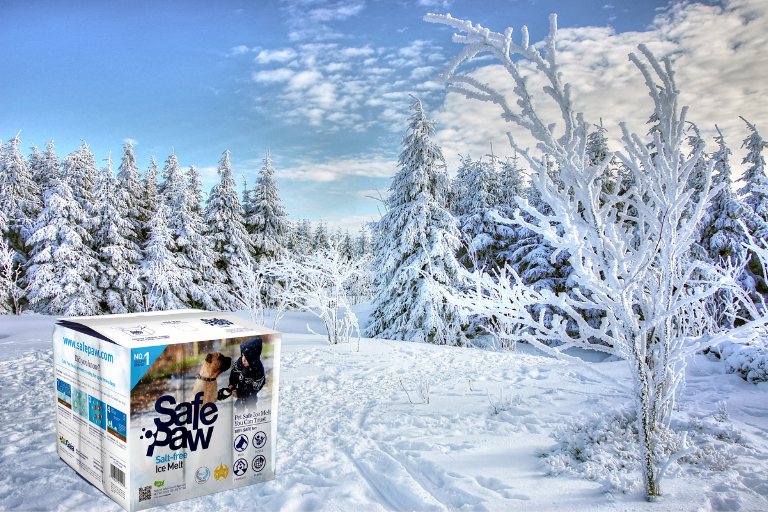
Ever paused to think about the magic moment when ice turns into water? It's not just a spectacle for our eyes; it's a captivating dance of molecules, driven by temperature. Let's embark on a journey to understand the ice melting point, with a sprinkle of salt's role in the icy equation.
Ice's Magical Transformation
Every substance has that critical temperature where it switches states. For our frosty friend, ice, this transition takes place at a crisp 0°C (32°F) under the usual atmospheric conditions. When ice feels the heat and reaches this point, it dons its liquid avatar. It’s a simple transformation that has ripple effects on the world around us.
Why Doesn't Ice Always Melt At 0°c?
If you thought the ice melting point was a steadfast rule, think again! Some sneaky factors love to play around with this temperature:
- Pressure Play: Increase the pressure, and ice might just melt even if it hasn't hit its 0°C mark. That's why, under glaciers, where the weight creates immense pressure, ice can turn into water even if it's a bit chilly.
- Enter, Impurities: If you throw in some other substances with ice, things can change. This is where our salty friend makes an entrance.
So, What’s The Deal With Salt?
Ever wondered how throwing salt on an icy road magically clears the path? Well, salt has this cool trick where it lowers the freezing point of water, making it harder for water to become ice. When you sprinkle salt on ice, it mingles with the tiny bit of water on the ice's surface, forming a salt-water mix. This concoction's freezing point is a tad lower than plain old water, ensuring more of the snow melter.
But hold on! Before you crown salt as the ice-melting king, there's some dirt to uncover.
https://youtu.be/2ADBAJH9O9I
Salt's Not-So-Sparkling Side
Salt might be the hero of many winter tales, but it has its dark side:
- Nature's Nightmare: Salt runoff doesn't just disappear. It flows into our waterways, bothering aquatic critters and messing with water quality. And our green friends, plants, don’t quite like salty soil.
- The Rusty Reality: Salt and infrastructure aren't buddies. Salt corrodes, leading to shorter lifespans for our roads, bridges, and even vehicles.
- Paw Alert: If you've got furry companions, salt can be harsh on their paws. Plus, if they lick off too much, it's not exactly a treat.
- Sub-zero Limitations: When the cold gets extreme, salt kind of loses its charm, working less effectively as temperatures drop way low.
Enter Safe Paw: The Winter Warrior
Now, if you’re scratching your head thinking about how to melt ice without upsetting Mother Nature, your answer's Safe Paw:
- Eco-Awesome: No hurting plants, polluting water, or corroding your lovely patio.
- Tail-wagging Safety: Pets and kiddos can play around without a care. Safe Paw is gentle as a snowflake.
- Stays and Slays: A sprinkle here and there, and you're sorted for up to 72 hours. Talk about efficiency!
- Sprinkle Anywhere: From your backyard to bigger areas, Safe Paw’s got you covered.
Final Thoughts
The tale of ice melting point is nothing short of fascinating. While traditions like throwing salt have been our go-to move, it’s about time we look at alternatives that treat our planet (and pets) right. As winter paints the town white, let’s ensure our choices, like Safe Paw, add a touch of green.
https://safepaw.com/?p=10695
Comments
Post a Comment